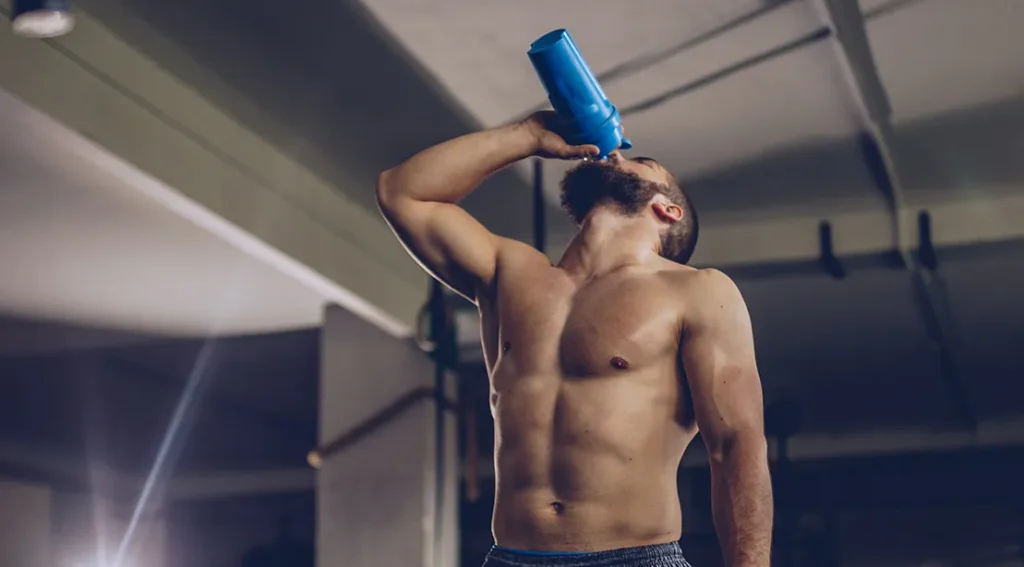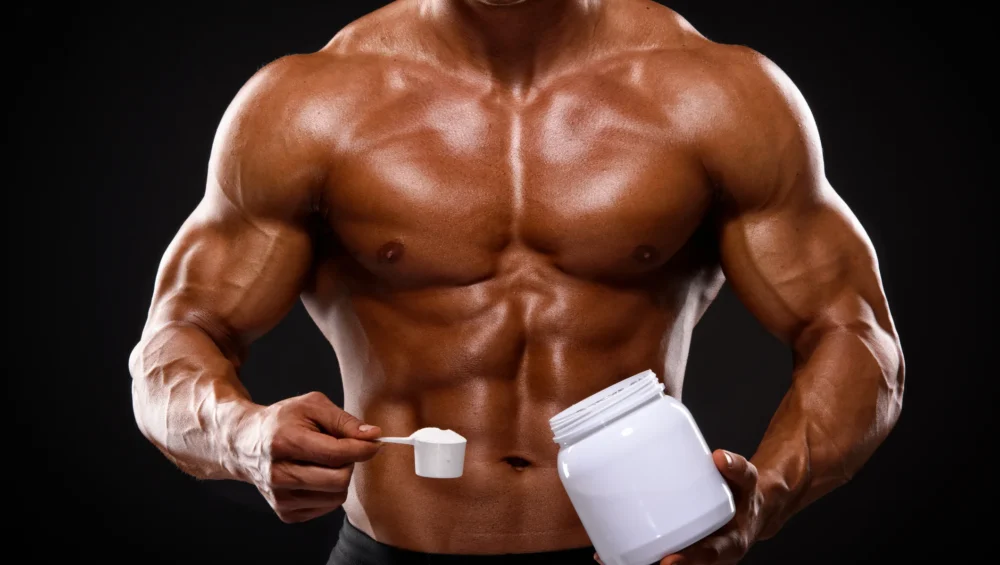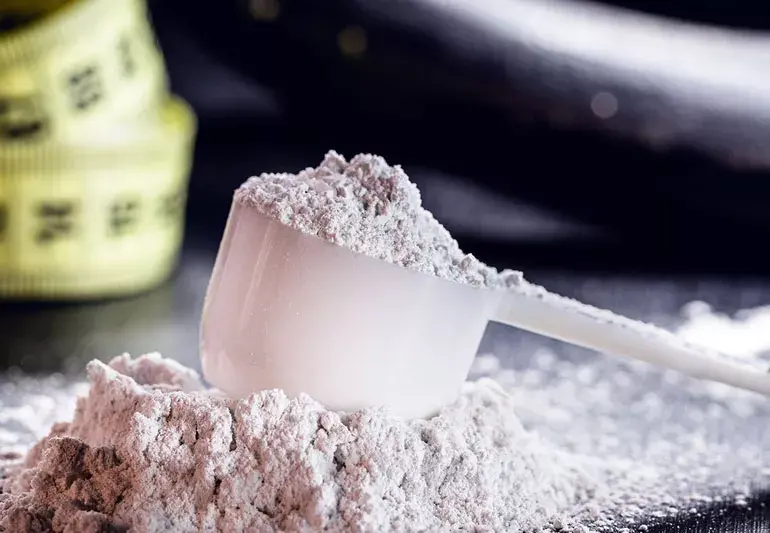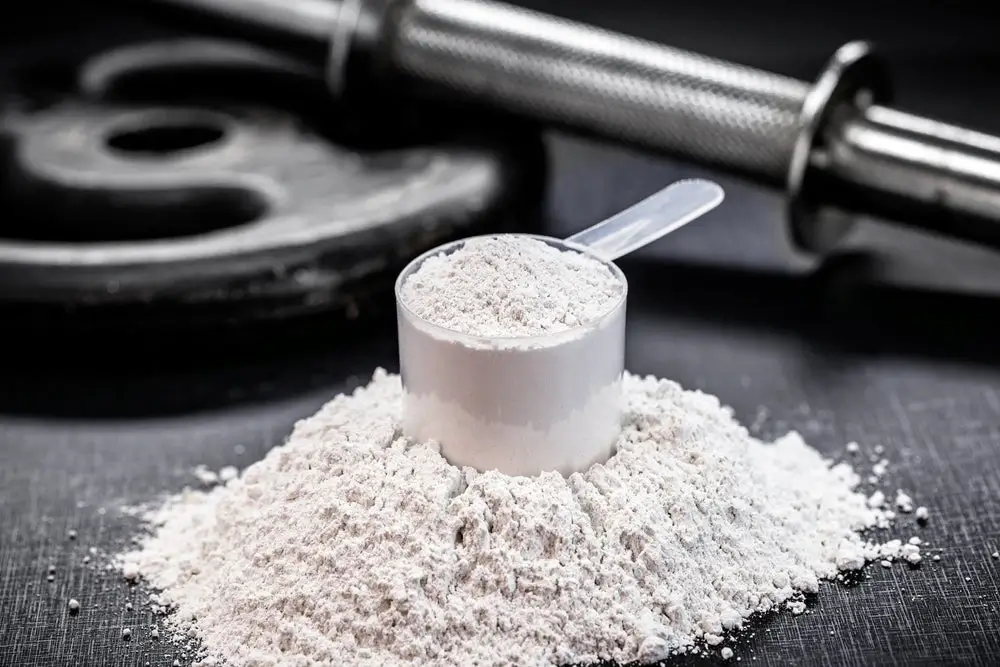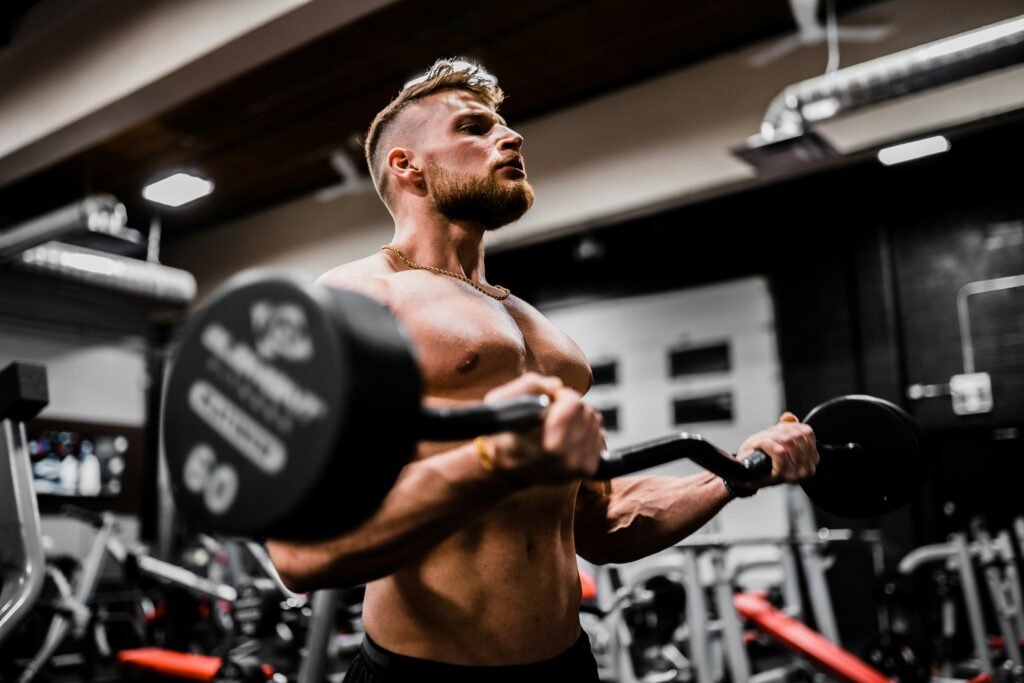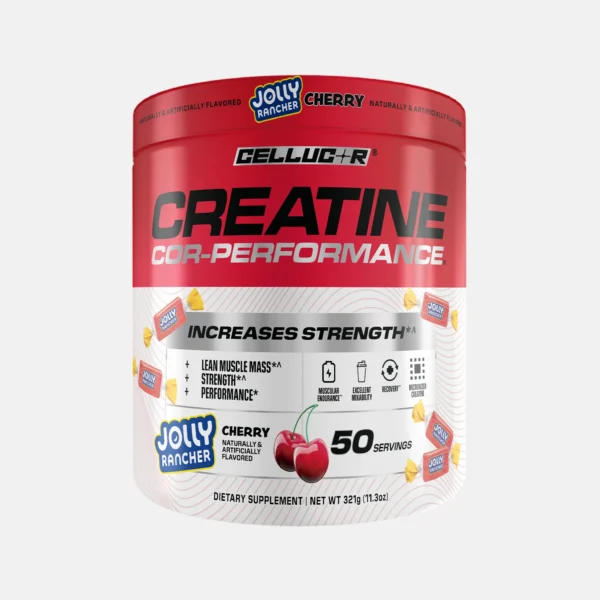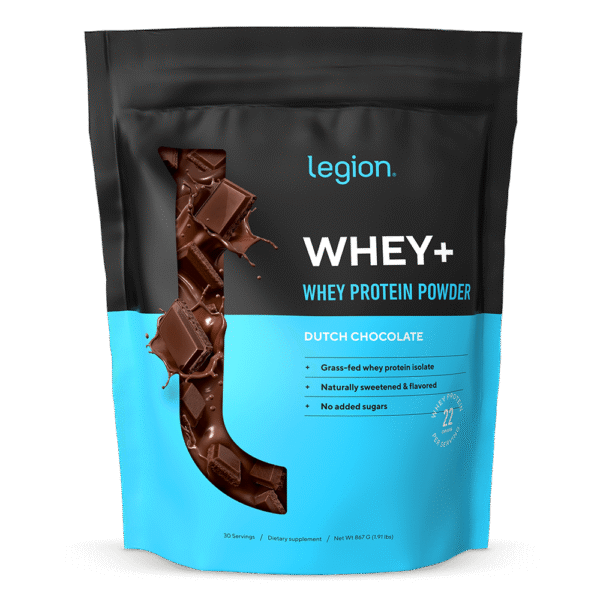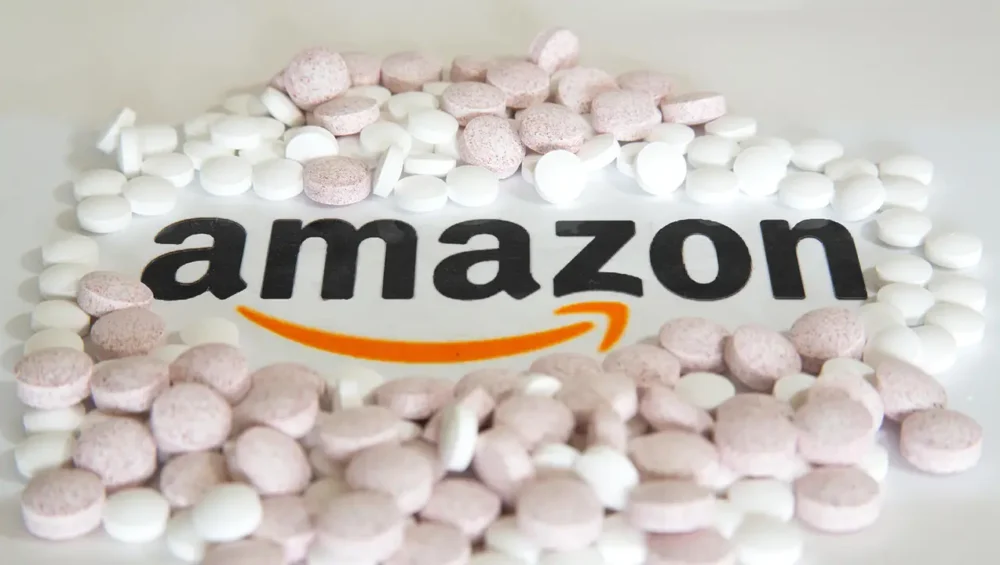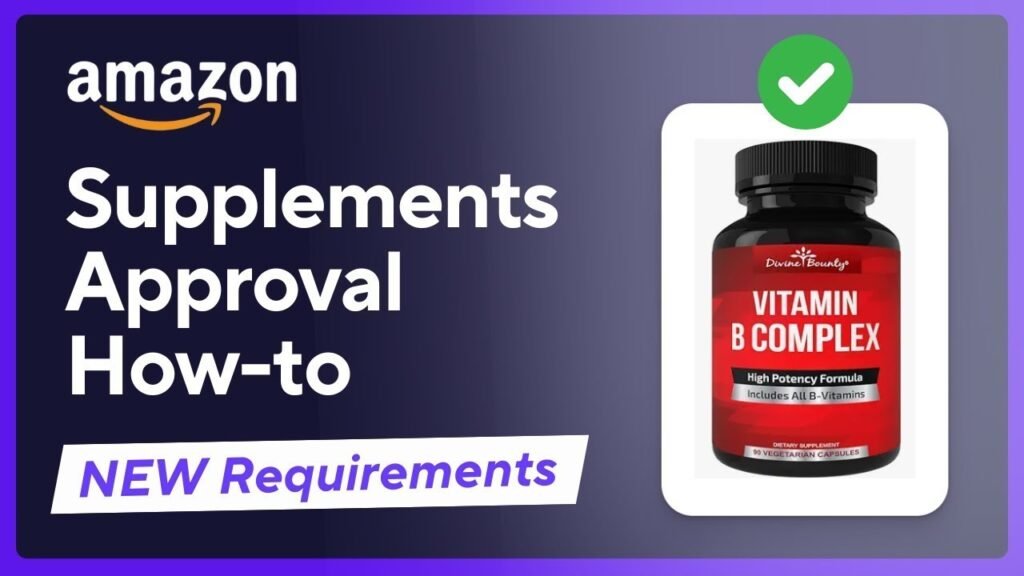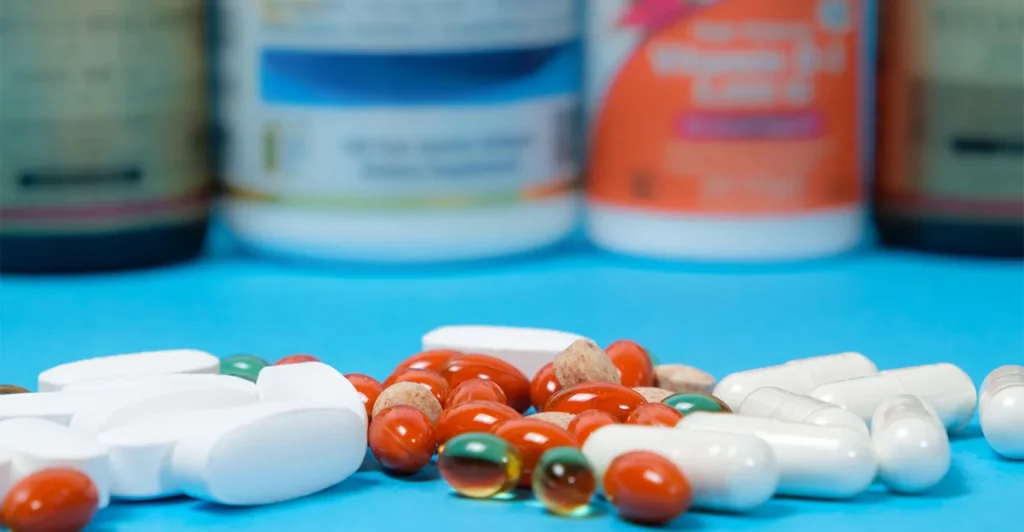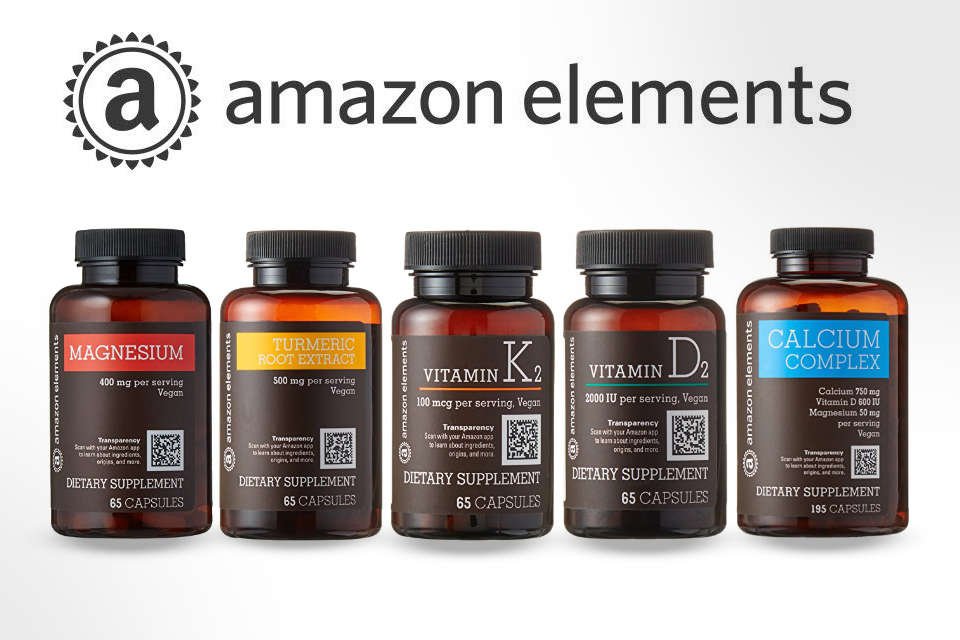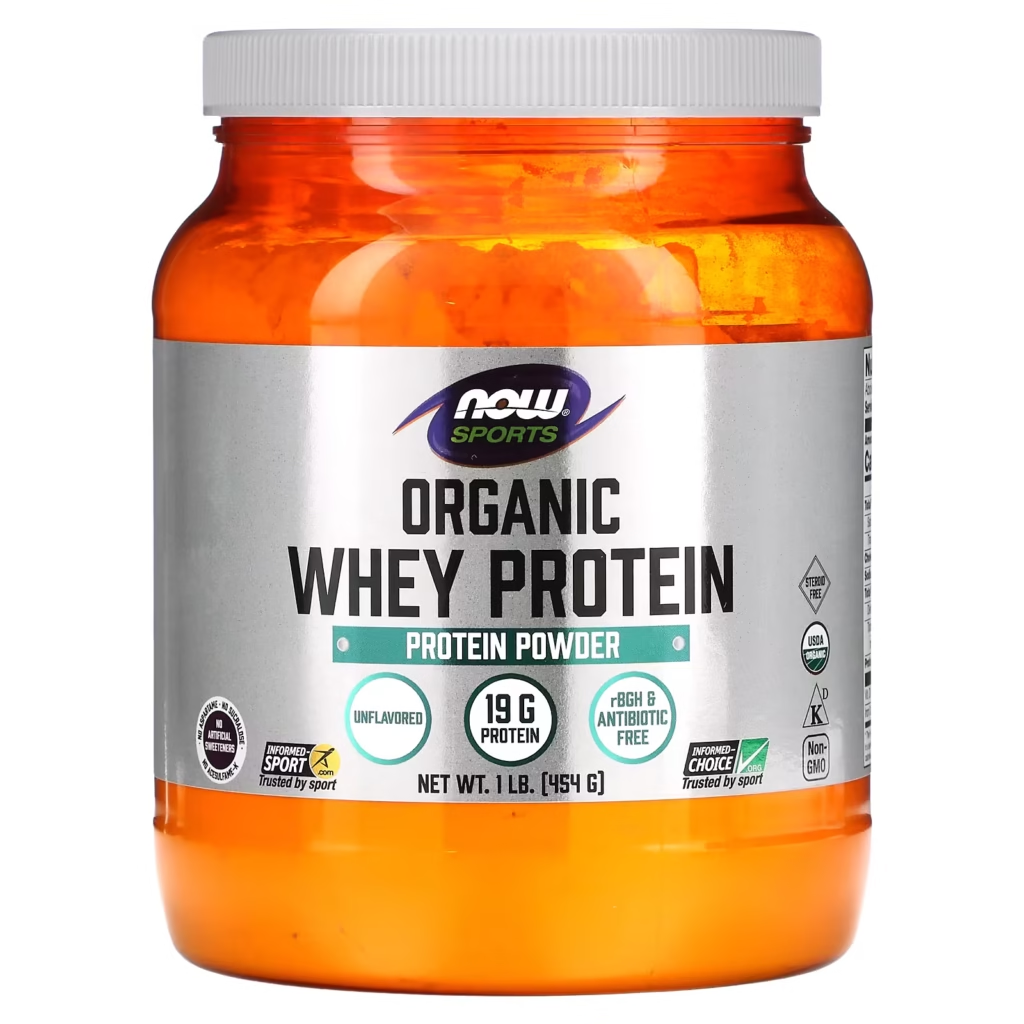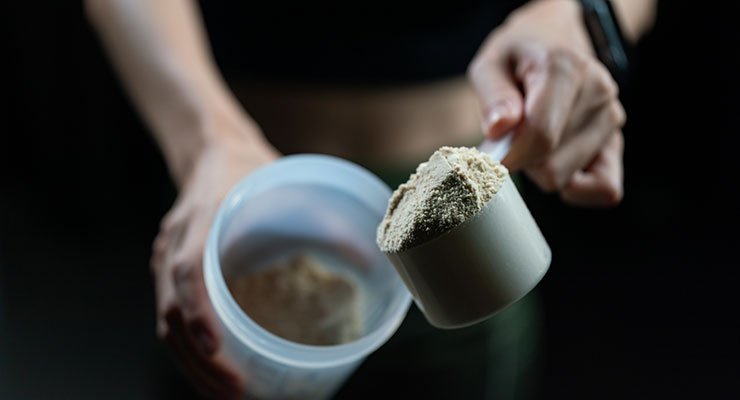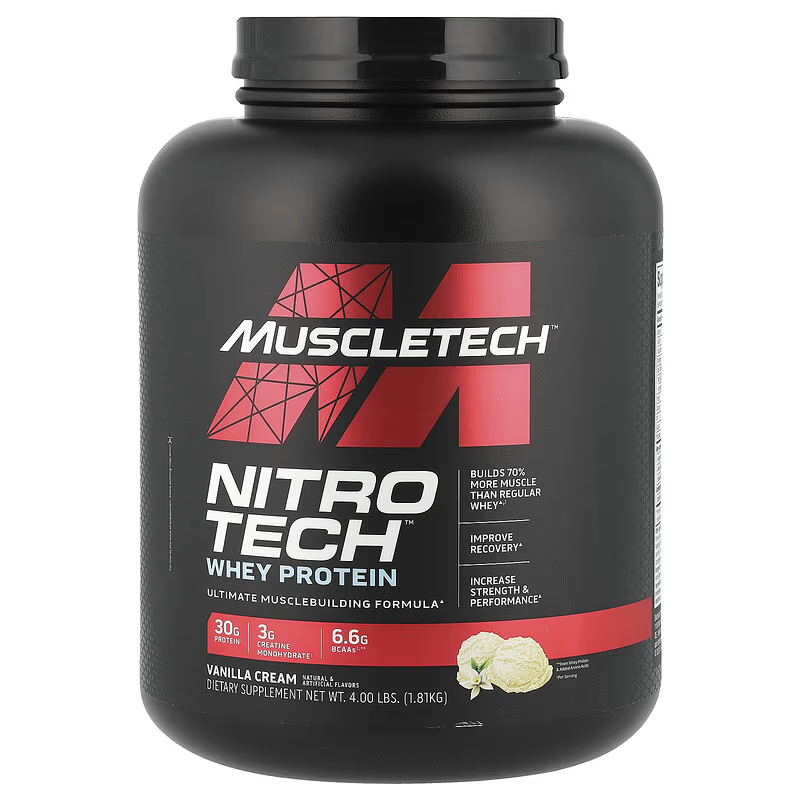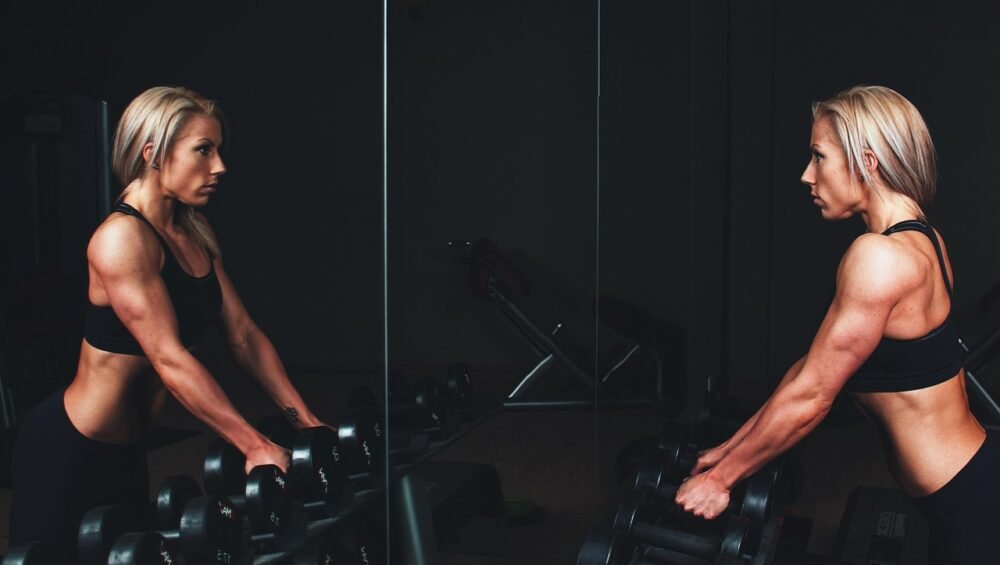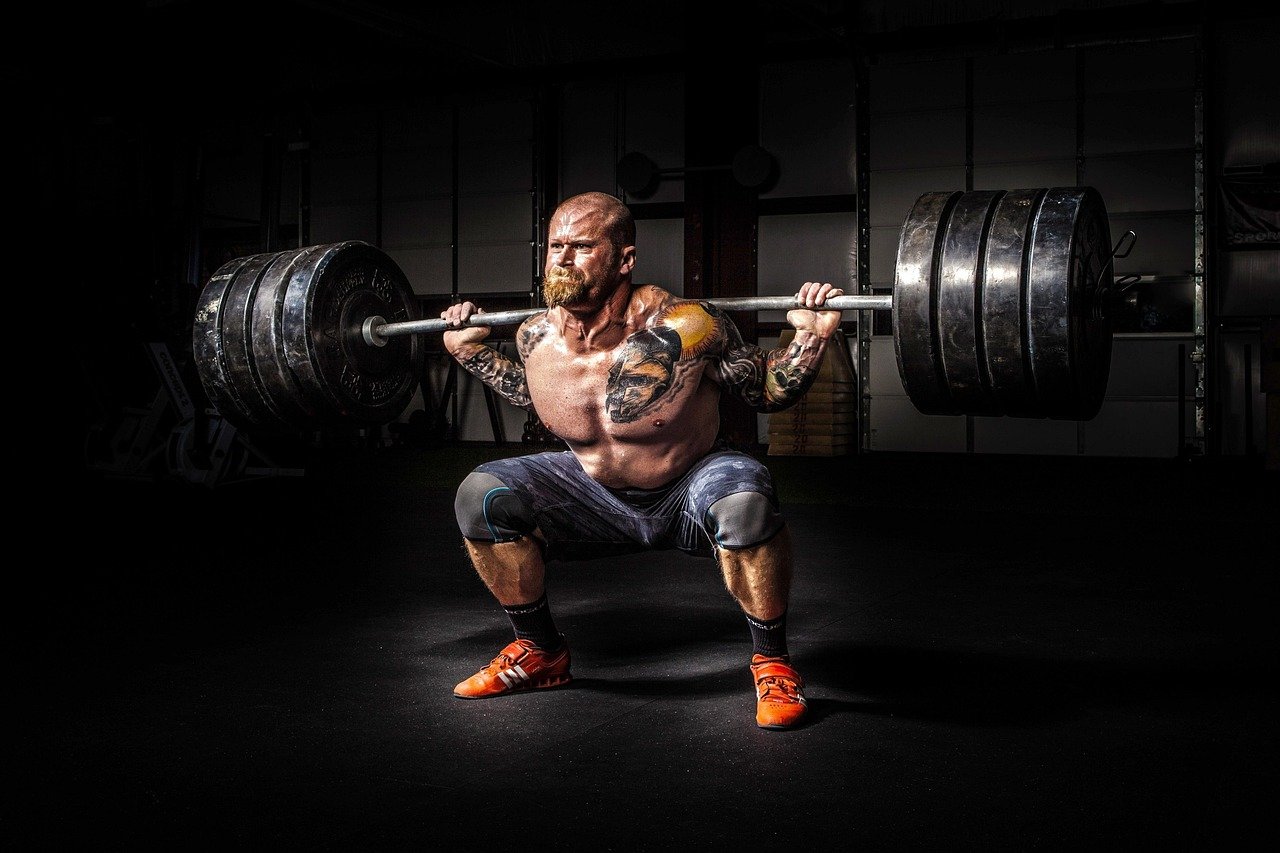Buying gym supplements on Amazon. In the fast-paced world of fitness and wellness, gym supplements have become essential tools for athletes, bodybuilders, and everyday gym-goers looking to enhance performance, build muscle, and accelerate recovery. If you’re searching for the best ways to buy gym supplements on Amazon, you’re in the right place. This comprehensive guide, written from the perspective of an SEO expert with years of experience optimizing content for health and e-commerce niches, will walk you through everything you need to know about purchasing high-quality gym supplements on Amazon. We’ll cover types of supplements, benefits, safe buying practices, deal-hunting strategies, and top recommendations based on current trends as of August 2025.
Whether you’re a beginner wondering how to buy protein powder on Amazon or a seasoned pro seeking the best pre-workout supplements on Amazon, this article is optimized with key search terms like “buying gym supplements on Amazon,” “best gym supplements on Amazon 2025,” and “safe ways to purchase supplements online.” By the end, you’ll be equipped to make informed decisions that support your fitness goals while avoiding common pitfalls.
What Are Gym Supplements and Why Do They Matter?
Gym supplements, also known as sports nutrition products, are dietary aids designed to complement a balanced diet and exercise routine. They come in various forms, including powders, capsules, bars, and liquids, and are formulated to address specific fitness needs like muscle gain, energy boosting, or recovery.
In 2025, the global market for gym supplements continues to boom, driven by increased awareness of health and wellness. According to industry insights, supplements can help bridge nutritional gaps, especially for those with intense training schedules. However, they’re not magic pills—experts emphasize that they work best alongside proper nutrition, hydration, and rest.
Key reasons gym supplements matter:
- Performance Enhancement: They provide targeted nutrients that can improve strength, endurance, and focus during workouts.
- Recovery Support: Ingredients like protein and BCAAs help repair muscles post-exercise, reducing soreness and downtime.
- Convenience: Easy to incorporate into daily routines, especially for busy individuals.
Before diving into buying gym supplements on Amazon, consult a healthcare professional to ensure they align with your health needs, as overuse or poor-quality products can lead to side effects.
Popular Types of Gym Supplements and Their Benefits
Understanding the common types of gym supplements is crucial when shopping on Amazon. Based on expert reviews and health resources, here are the most sought-after categories in 2025, along with their benefits. This section draws from reliable sources on workout supplements to help you identify what suits your goals.
1. Protein Powders
Protein is the cornerstone of muscle building. Popular forms include whey, casein, plant-based (e.g., pea or soy), and collagen.
- Benefits: Supports muscle growth, repair, and satiety. A study from health authorities notes that consuming 20-40g of protein post-workout can optimize recovery.
- Top Picks on Amazon: Orgain Organic Vegan Protein Powder (plant-based, ideal for vegans) and Optimum Nutrition Gold Standard 100% Whey (whey isolate for fast absorption).
2. Creatine
Often hailed as one of the most researched supplements, creatine monohydrate is a staple for strength training.
- Benefits: Increases muscle strength, power output, and lean mass. Consistent use (3-5g daily) can enhance high-intensity performance, per NIH factsheets.
- Why Buy on Amazon?: Affordable options like Sports Research Creatine Monohydrate, often under $20 for a month’s supply.
3. Pre-Workout Supplements
These energizing formulas are designed to amp up your gym sessions.
- Benefits: Boost energy, focus, and endurance with ingredients like caffeine (100-200mg), beta-alanine (for reduced fatigue), and nitric oxide boosters (for better blood flow). Expert-tested picks in 2025 highlight their role in improving workout intensity.
- Popular on Amazon: Cellucor C4 Original (caffeine-based) and Optimum Nutrition Amino Energy (with BCAAs).
4. Branched-Chain Amino Acids (BCAAs)
Essential amino acids like leucine, isoleucine, and valine.
- Benefits: Reduce muscle breakdown during exercise and aid recovery. Ideal for endurance athletes, with benefits including less soreness after long sessions.
- Amazon Favorites: XTEND Original BCAA Powder, often on sale during events.
5. Post-Workout Recovery Supplements
Blends including carbs, protein, and electrolytes.
- Benefits: Speed up glycogen replenishment and muscle repair. Ingredients like L-glutamine (2.5g per serving) support immune function and gut health.
- Notable: MuscleTech post-workout formulas.
Check also: mineral supplements every athlete need
6. Other Emerging Supplements in 2025
- Palmitoylethanolamide (PEA): For athletic recovery and pain relief.
- Collagen Peptides: Joint health and skin benefits, e.g., Vital Proteins.
- Vitamins and Minerals: Like Vitamin B12 for energy or fish oil for omega-3s.
When searching for these on Amazon, use filters like “sports nutrition” to narrow down results.
Check also: where is cheaper – Amazon or GNC
Why Buy Gym Supplements on Amazon? Advantages Over Other Retailers
Amazon dominates the online supplement market in 2025, offering unparalleled convenience. Here’s why it’s a top choice compared to physical stores or brand sites:
- Vast Selection: Over 100,000 gym supplement listings, from budget options to premium brands like Optimum Nutrition and Orgain.
- Competitive Pricing and Deals: Frequent sales, especially during events like the August 2025 supplement deals, where items like Orgain Protein are 23% off. Amazon often undercuts brick-and-mortar stores by 10-20%.
- Fast Shipping with Prime: Free two-day delivery on eligible items, perfect for restocking pre-workouts before your next gym session.
- Customer Reviews and Transparency: Millions of verified reviews help gauge effectiveness, unlike limited feedback in local stores.
- Easy Returns: 30-day policy for most supplements, reducing risk.
- Subscription Savings: Subscribe & Save for 5-15% off recurring orders.
Compared to other stores like GNC or Walmart, Amazon provides more variety and user-generated insights, but direct brand purchases minimize counterfeit risks. Still, for authenticity, cross-check with brand sites.
Step-by-Step Guide to Purchasing Gym Supplements on Amazon
Buying gym supplements on Amazon is straightforward, but following these steps ensures a smart purchase:
- Research Your Needs: Consult a doctor or trainer. Search Amazon for “best gym supplements for muscle gain” to start.
- Use Advanced Search: Filter by category (Sports Nutrition), price, ratings (4+ stars), and Prime eligibility. Include keywords like “third-party tested gym supplements.”
- Check Product Details: Read labels for ingredients, serving sizes, and certifications (e.g., NSF, USP).
- Verify Seller: Opt for “Sold by Amazon” or authorized resellers. Avoid third-party sellers without high ratings.
- Read Reviews: Scroll to verified purchases; look for patterns in effectiveness and side effects.
- Add to Cart and Checkout: Apply coupons or Subscribe & Save. Use secure payment.
- Post-Purchase Verification: Upon arrival, check seals and verify authenticity codes on the brand’s site.
- Monitor Effects: Track how the supplement impacts your workouts and adjust as needed.
This process, backed by expert guides, minimizes risks while maximizing value.
How to Choose the Right Gym Supplements on Amazon
Selecting the best gym supplements involves more than picking the cheapest option. Consider these factors:
- Your Goals: Muscle building? Go for protein and creatine. Endurance? BCAAs and pre-workouts.
- Ingredient Quality: Look for pure forms (e.g., creatine monohydrate over blends) and avoid fillers.
- Third-Party Testing: Certifications like NSF or Informed-Sport ensure purity and no banned substances.
- Dosage and Form: Match servings to your needs; powders for mixing, capsules for convenience.
- Allergies and Preferences: Vegan? Sugar-free? Filter accordingly.
- Budget: Entry-level at $10-20/month; premium up to $50+.
Use Amazon’s comparison tools to evaluate similar products side-by-side.
Tips for Avoiding Counterfeit and Fake Supplements on Amazon
Counterfeit supplements are a major concern in 2025, with reports of fake products containing fillers or harmful substances. Here’s how to stay safe:
- Buy from Trusted Sellers: Prioritize “Ships from and sold by Amazon” or official brand stores.
- Check Certifications: Look for USP Verified, NSF International, or ConsumerLab seals.
- Avoid Suspiciously Low Prices: If it’s 50% cheaper than the brand site, it’s likely fake.
- Verify Authenticity Codes: Scan QR codes or enter batch numbers on the manufacturer’s website.
- Research the Brand: Stick to reputable ones like Nature Made or Legion Athletics.
- Use Tools: Apps like Fakespot to detect fake reviews.
- Report Issues: If suspect, contact Amazon and the brand.
Experts recommend buying directly from brands when possible, but Amazon’s policies (e.g., annual testing) add a layer of protection.
Reading and Analyzing Amazon Reviews Effectively for Supplements
Amazon reviews are goldmines, but not all are genuine. Here’s how to decode them:
- Focus on Verified Purchases: These are from real buyers; ignore unverified ones.
- Look for Patterns: Common praises (e.g., “great taste”) or complaints (e.g., “upset stomach”) indicate reliability.
- Check Star Distribution: A natural mix (mostly 4-5 stars with some lower) is better than all perfect scores.
- Read Recent Reviews: Supplement formulas change; focus on 2025 feedback.
- Analyze Demographics: Note if reviewers mention age, fitness level, or goals.
- Use Review Analysis Tools: Fakespot or Revuze to spot fakes based on patterns.
- Balance with Expert Opinions: Cross-reference with sites like ConsumerLab.
For supplements, superficial reviews on taste/size are common, but seek those discussing long-term effects.
Finding the Best Deals on Gym Supplements on Amazon in 2025
Scoring deals is key to affordable fitness. As of August 2025, look for:
- Monthly Sales: Discounts on Orgain Protein (23% off) and Sports Research Whey (10% off).
- Prime Day Aftermath: Lingering deals from July 2025, like 40% off fish oil and biotin.
- Subscribe & Save: Up to 15% off recurring buys.
- Coupons and Lightning Deals: Clip digital coupons for extra savings.
- Bundle Offers: Buy stacks (protein + creatine) for discounts.
- Price Tracking Tools: Use CamelCamelCamel to monitor drops.
Trending deals include up to 60% off whey proteins during health sales.
See also: best gym supplements in 2025 – what athletes use
Top Recommended Gym Supplements on Amazon (Based on 2025 Bestsellers)
Drawing from current top sellers and expert picks, here are standout options as of August 2025. Prices and ratings are approximate based on recent data; check Amazon for updates.
- Orgain Organic Vegan Protein Powder
- Brand: Orgain
- Price: $28 (23% off)
- Rating: 4.5/5 (50,000+ reviews)
- Description: 21g plant-based protein per serving; great for vegans. Prime eligible.
- Optimum Nutrition Gold Standard 100% Whey
- Brand: Optimum Nutrition
- Price: $16 (on sale)
- Rating: 4.7/5 (100,000+ reviews)
- Description: 24g whey protein; fast-digesting for post-workout. Bestseller in protein category.
- Sports Research Creatine Monohydrate
- Brand: Sports Research
- Price: Around $20
- Rating: 4.6/5 (20,000+ reviews)
- Description: Micronized for better absorption; supports strength gains. Often bundled.
- Cellucor C4 Original Pre-Workout
- Brand: Cellucor
- Price: $25-30
- Rating: 4.5/5 (30,000+ reviews)
- Description: Explosive energy with beta-alanine and creatine nitrate.
- Vital Proteins Collagen Peptides
- Brand: Vital Proteins
- Price: $20-30
- Rating: 4.6/5 (40,000+ reviews)
- Description: Unflavored powder for joints and skin; grass-fed source.
- XTEND Original BCAA Powder
- Brand: XTEND
- Price: $20-30
- Rating: 4.6/5 (15,000+ reviews)
- Description: 7g BCAAs + glutamine; sugar-free recovery drink.
- Nature Made Vitamin B12
- Brand: Nature Made
- Price: Under $10
- Rating: 4.7/5 (10,000+ reviews)
- Description: Energy support; USP verified.
- Legion Whey+ Protein Powder
- Brand: Legion
- Price: $30-40
- Rating: 4.7/5 (5,000+ reviews)
- Description: Grass-fed whey; no artificial sweeteners.
- XWERKS Grow Whey Protein
- Brand: XWERKS
- Price: $35+
- Rating: 4.6/5 (3,000+ reviews)
- Description: Premium isolate with great flavors.
- HealthKart HK Vitals Fish Oil
- Brand: HealthKart
- Price: On sale up to 40% off
- Rating: 4.5/5 (8,000+ reviews)
- Description: Omega-3s for heart and joint health.
These are trending based on sales data and RD approvals.
Frequently Asked Questions (FAQs) About Buying Gym Supplements on Amazon
Is it safe to buy gym supplements on Amazon?
Yes, but stick to verified sellers and certified products to avoid fakes.
What are the best gym supplements for beginners on Amazon?
Start with protein powder and creatine for foundational support.
How can I get free shipping on supplements?
Amazon Prime members get free two-day shipping on eligible items.
Are Amazon supplements cheaper than stores?
Often yes, due to deals and subscriptions, but compare prices.
What if I receive a counterfeit product?
Return it immediately and report to Amazon; verify with the brand.
Do supplements expire?
Yes, check dates; most last 1-2 years if stored properly.
Empower Your Fitness Journey with Smart Amazon Purchases
Buying gym supplements on Amazon in 2025 offers convenience, variety, and savings, but success lies in informed choices. By prioritizing quality, authenticity, and deals, you can fuel your workouts effectively without breaking the bank. Remember to pair supplements with a solid training plan and diet for optimal results. For the latest prices and reviews, head to Amazon and start browsing—your next PR awaits!
